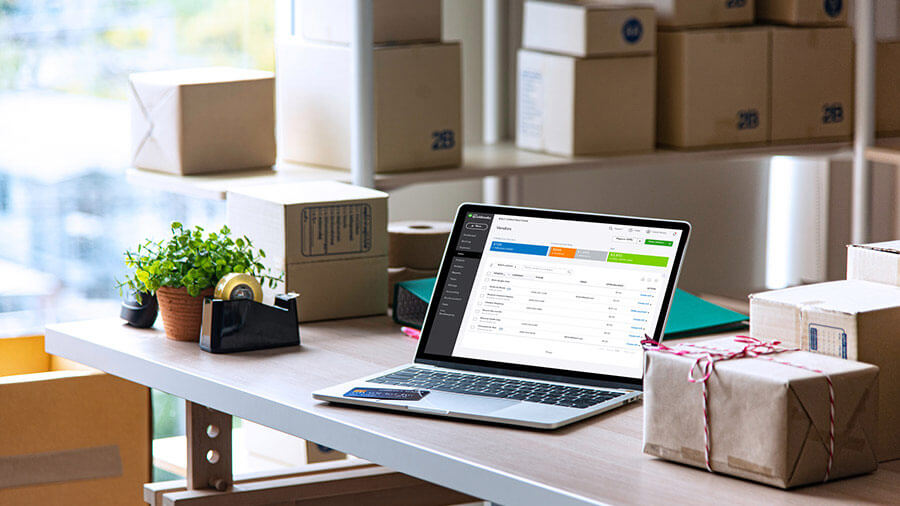Events like natural disasters, and, most recently, the coronavirus, can disrupt your supply chain in an instant. But supply continuity is critical for building your products and delivering your services. Supplies range from the material goods you need to run your business to the services, utilities, and infrastructure your company needs.
If something disrupts your supply chain, you need a supply continuity plan to keep your business moving. A continuity plan details how you expect to source goods and materials when your usual supplier isn’t an option. It should also include how you intend to communicate your supply disruption and mitigate the impact on your revenue.
If you’ve found yourself in the midst of the coronavirus outbreak without a backup plan, you’re not alone. Follow these steps to develop a supply continuity plan and help keep your business running.




